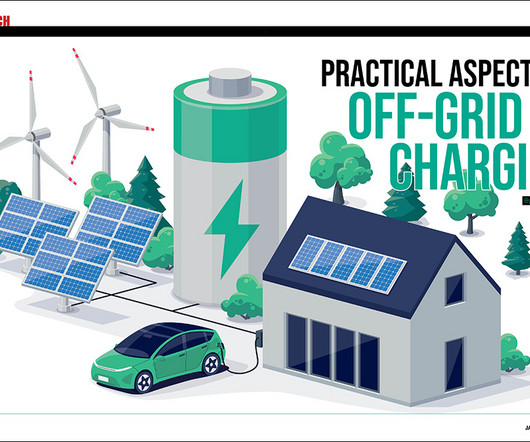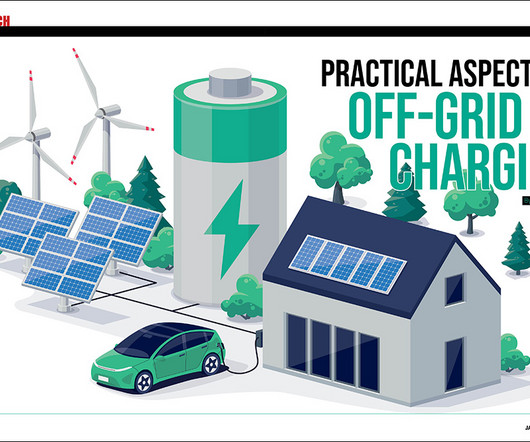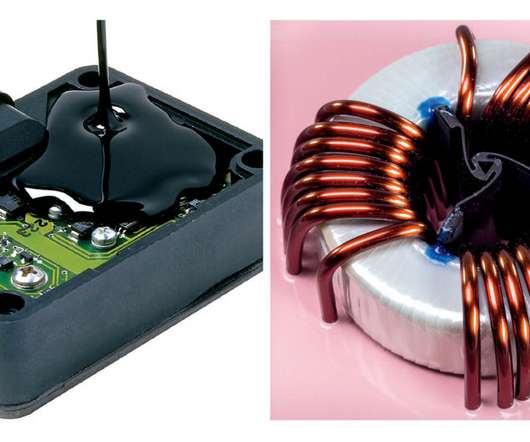Practical aspects of off-grid EV charging
Charged EVs
MAY 2, 2024
An off-grid energy system basically consists of just four key components: 1) a battery to store energy; 2) one or more renewable energy sources (e.g. If this sine wave is available directly, it’s called a “high-frequency” type, and if it feeds an internal 50/60 Hz transformer it’s called—somewhat misleadingly—a “low-frequency” type.










Let's personalize your content